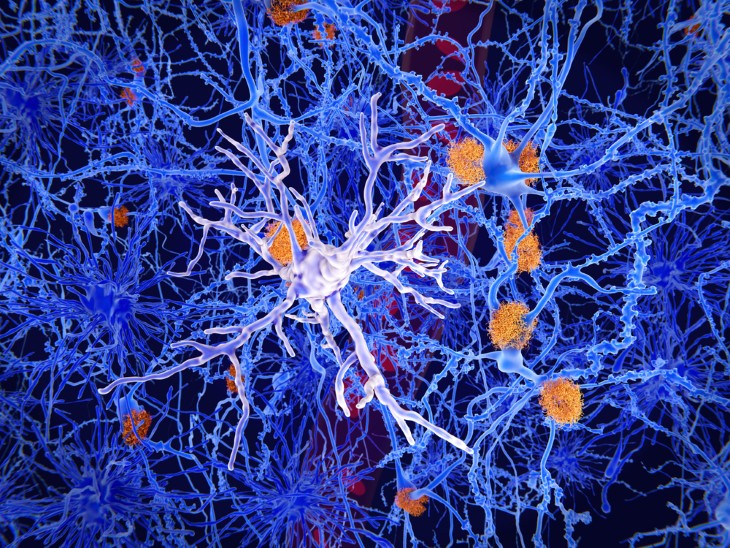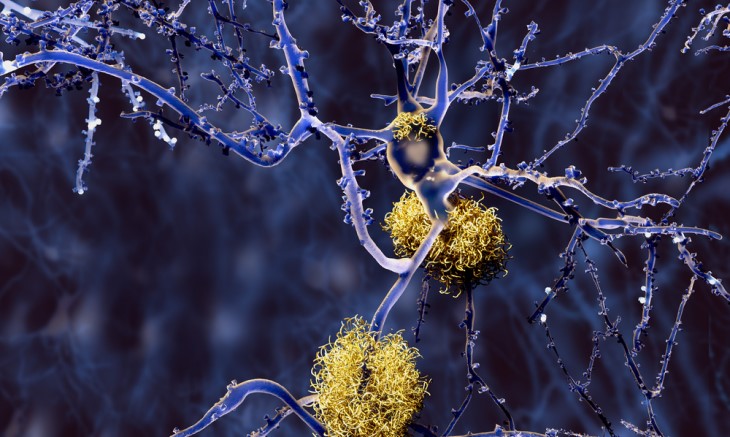
Recent research spearheaded by the University of Washington has shed new light on the role of microglia in Alzheimer's disease, suggesting that these brain immune cells might not only react to the disease's pathology but could also actively contribute to its progression. This study, conducted by neuroscientists Katherine Prater and Kevin Green, alongside colleagues from several U.S. institutions, has identified novel microglial states that could potentially serve as new targets for Alzheimer's treatment.
Microglia are specialized immune cells residing in the brain and spinal cord. They are essential for maintaining brain health, as they clear waste, remove dead cells, and support the architecture of the brain’s neural network. Under normal conditions, microglia act as the brain's first line of immune defense. However, their role in neurodegenerative diseases like Alzheimer's has been less clear and is a focal point for ongoing research.

In their study, Prater, Green, and their team utilized advanced scientific techniques to deepen our understanding of microglia's involvement in Alzheimer's. By employing enhanced single-nucleus RNA sequencing methods, they analyzed brain tissue from deceased individuals—12 diagnosed with Alzheimer’s and 10 without neurological disease. This approach allowed them to examine the gene expression profiles of microglia at an unprecedented resolution.
The researchers managed to identify ten distinct clusters of microglia based on their genetic activity. Remarkably, three of these clusters had not been previously identified. The presence of these new microglial states highlights the cellular complexity within the Alzheimer’s-affected brain and opens new avenues for understanding how microglial functions might be altered in the disease.
One cluster, in particular, was found predominantly in individuals with Alzheimer’s. This cluster is characterized by genes that are associated with inflammation and the promotion of cell death—factors that could contribute to the neurodegeneration observed in Alzheimer’s. This suggests that in the context of Alzheimer’s, microglia may exacerbate the disease's progression by becoming overly inflammatory, rather than protective.

This discovery is significant because it suggests a shift in our understanding of how Alzheimer’s develops. Rather than being mere bystanders responding to brain damage, microglia in Alzheimer’s patients appear to be in a pre-inflammatory state more likely to harm than heal. This state makes them less effective at their usual roles of clearing debris and may make them agents of inflammation and damage.
The implications of these findings are profound. Historically, treatments for Alzheimer’s have largely focused on targeting amyloid plaques—a hallmark of the disease. However, these treatments have not proven effective in altering the disease’s trajectory significantly. The identification of harmful microglial states offers a new therapeutic target. If researchers can find ways to modify these microglia from a damaging state back to a protective one, it might be possible to slow or halt the progression of Alzheimer's.
Furthermore, the study suggests that the behavior of microglia can change over time, which adds another layer of complexity to their role in Alzheimer’s. Tracking these changes over time could provide critical insights into how the disease progresses and how early interventions might be tailored to individual patients.
The University of Washington team is optimistic about the potential applications of their research. “Now that we have determined the genetic profiles of these microglia, we can try to find out exactly what they are doing and hopefully identify ways to change their behaviors that may be contributing to Alzheimer’s disease,” said Katherine Prater. This could lead to the development of new drugs that specifically target microglial cells, adjusting their activity to prevent them from causing harm.
The study’s findings, published in Nature Aging, represent a pivotal advancement in the field of neurodegenerative disease research. By shifting the focus to immune cells in the brain, this research not only broadens our understanding of Alzheimer’s pathology but also underscores the potential for immunological approaches to treat or prevent the disease.
As research continues, the hope is that these insights will lead to the development of effective therapies that can improve the lives of those affected by Alzheimer’s. While much work remains to be done, the path forward is clearer, pointing to the possibility that altering microglial behavior could be key to combating this devastating disease.